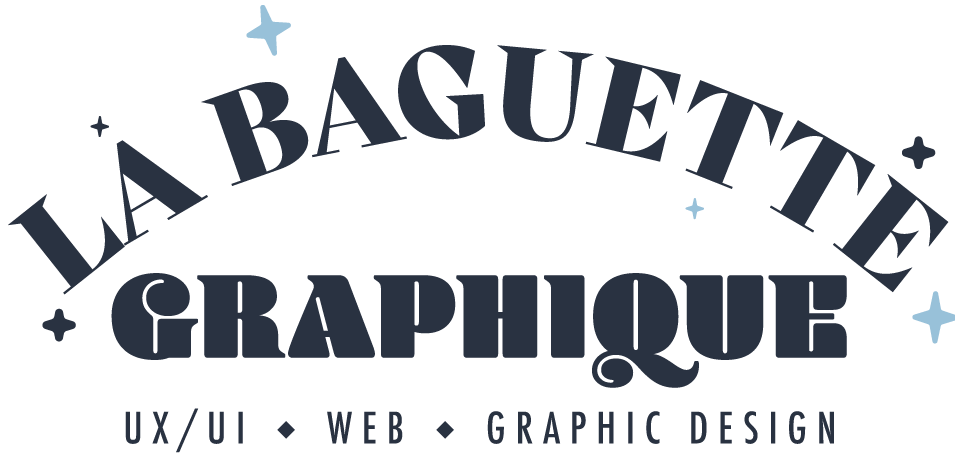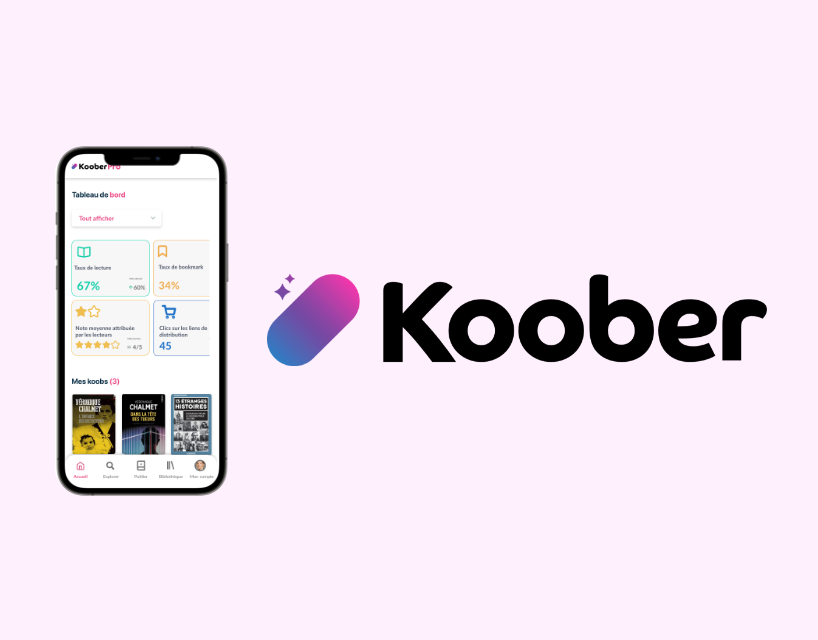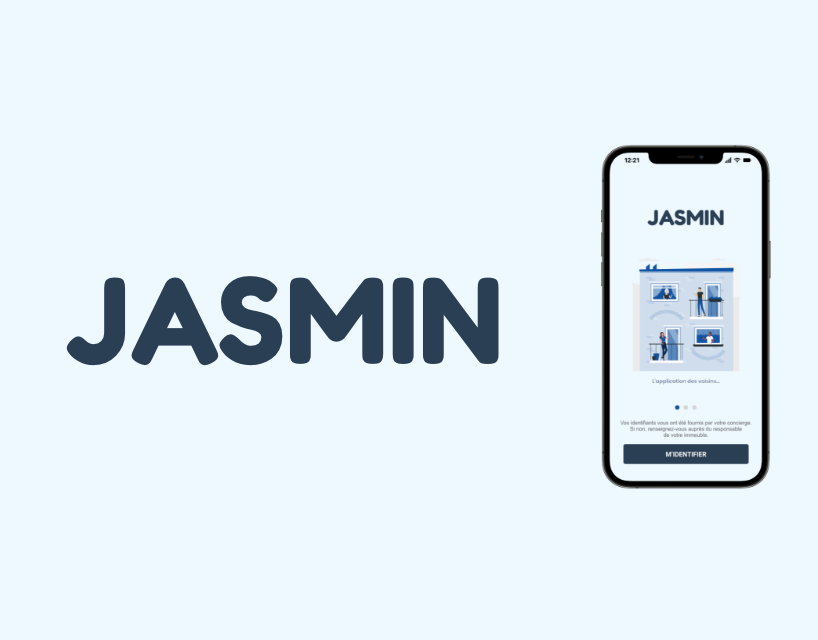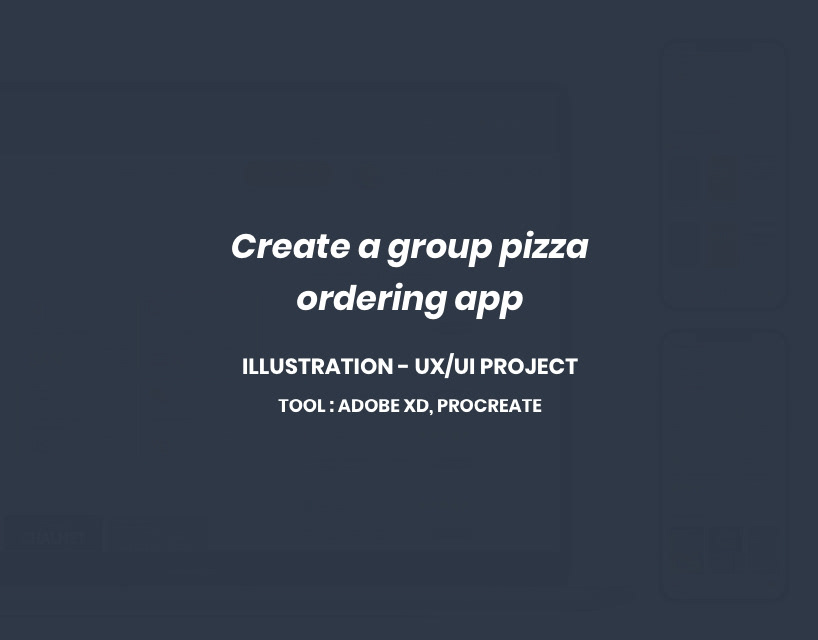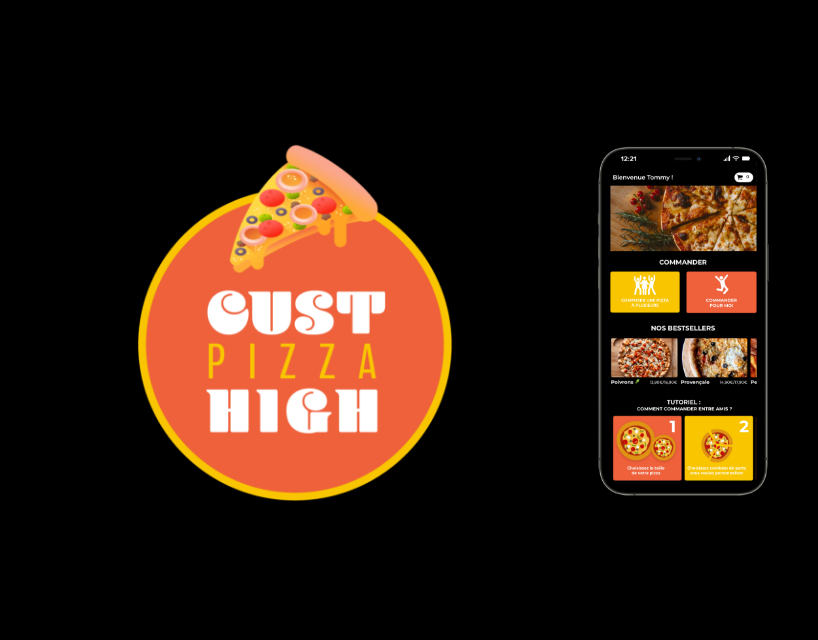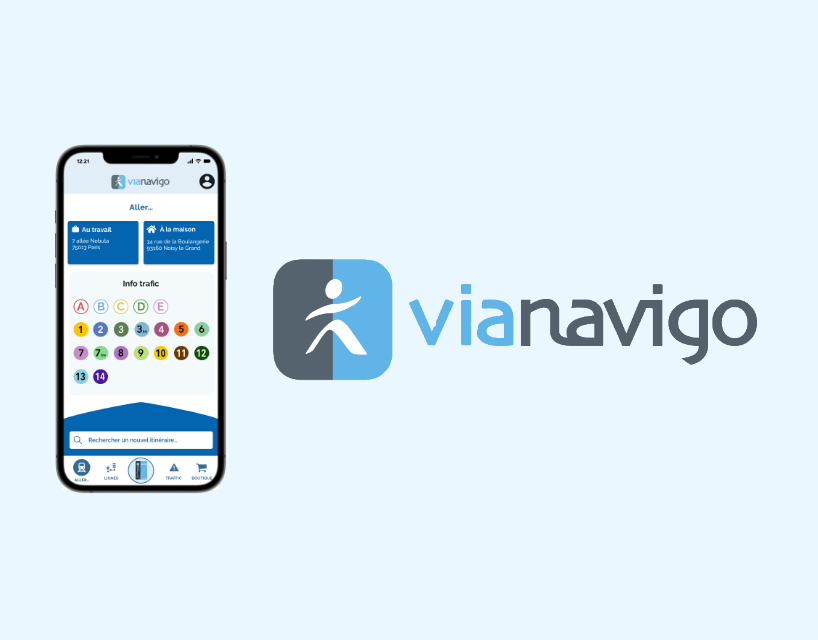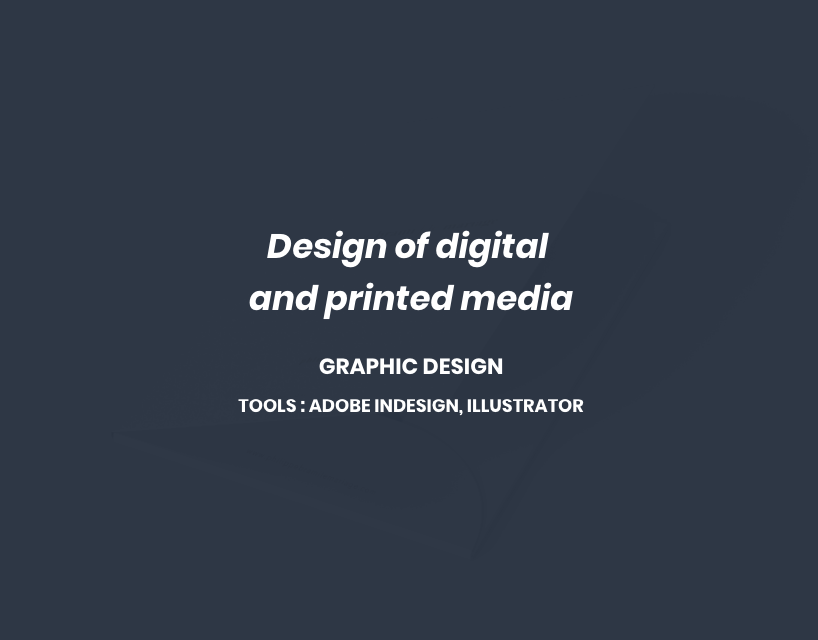2021 - France
Explorations : 3D and connected objects
TOOLS : ADOBE XD, SPLINE
Explorations : 3D and connected objects
TOOLS : ADOBE XD, SPLINE
Phase 1 : Roadmap
Benchmark - 1/2 days : Extensive research, data, existing apps
Moodboard - 1 day : Design interfaces, colors, mood & musics, 3D illustrations, fonts
Sketching - 1 week : Simple storyboard, 1st draft of the first screens designs, illustrations, 1st draft of wireframes
Production - 2 weeks : Advanced storyboard, 1st draft app prototype, designing 3D images
Client pitch - 1 day : Storyboard, simulation of use of the prototype + connected object
User tests - 1 day : App + connected objects prototypes, feedbacks, changes and improvements
Phase 2 : Quantitative Research
User research (people concerned by the topic, their habits, friction points)
Target audience :
The brushing experience concerns a wide demographic:
- Adults (men and women) — working professionals, parents, older adults
- Children — who need guidance and habit formation
- Teens and young adults — often less consistent and harder to engage
- Adults (men and women) — working professionals, parents, older adults
- Children — who need guidance and habit formation
- Teens and young adults — often less consistent and harder to engage
Oral hygiene is a universal concern, but habits, knowledge levels, and motivation vary significantly across age and gender groups.
Brushing Habits in France – Key Statistics :
🪥 72% of French people say they brush at least twice a day
🦷 In reality, only 56% actually do
🕐 25% brush only once a day
👨 35% of men brush only once a day or less regularly
🧽 14.5% brush up to three times daily
🚫 3% do not brush every day
😬 1.5% brush more than three times per day
Despite relatively high self-reported brushing rates, studies reveal a disconnect between perceived and actual behavior, especially regarding brushing technique, duration, and consistency.
🦷 In reality, only 56% actually do
🕐 25% brush only once a day
👨 35% of men brush only once a day or less regularly
🧽 14.5% brush up to three times daily
🚫 3% do not brush every day
😬 1.5% brush more than three times per day
Despite relatively high self-reported brushing rates, studies reveal a disconnect between perceived and actual behavior, especially regarding brushing technique, duration, and consistency.
Attitudes Toward Oral Health:
🩺 46% consider oral health very important
🧍♀️ 40% give it some importance
❗ Only 12% feel well-informed about dental problems
❓ 10% do not express a clear opinion
💡 1% believe oral health is not important at all
Motivations for Brushing:🧍♀️ 40% give it some importance
❗ Only 12% feel well-informed about dental problems
❓ 10% do not express a clear opinion
💡 1% believe oral health is not important at all
Users cite various reasons for taking care of their teeth:
✅ 81% — To maintain overall health
✅ 54% — To have a healthy mouth
✅ 52% — To avoid tooth pain
✅ 39% — To maintain fresh breath
✅ 28% — For a nice smile
✅ 54% — To have a healthy mouth
✅ 52% — To avoid tooth pain
✅ 39% — To maintain fresh breath
✅ 28% — For a nice smile
This indicates that oral health is tied not only to hygiene but also to confidence, self-image, and general well-being.
Pain Points & Friction Areas :
❌ Lack of proper technique: Many people don’t know how to brush effectively (correct motion, angle, pressure, duration).
⏱️ Inconsistent timing: Most users don’t brush for 2 full minutes.
💡 Low awareness: Very few users are well-informed about dental issues or best practices.
📆 Irregular dental follow-ups: Despite 70% saying they visit annually, many only go when pain arises.
📉 Overconfidence in habits: There’s a gap between self-perception and actual practice, especially among men.
⏱️ Inconsistent timing: Most users don’t brush for 2 full minutes.
💡 Low awareness: Very few users are well-informed about dental issues or best practices.
📆 Irregular dental follow-ups: Despite 70% saying they visit annually, many only go when pain arises.
📉 Overconfidence in habits: There’s a gap between self-perception and actual practice, especially among men.
While most French people understand that brushing is important, many do not have the right habits or the necessary knowledge to maintain proper oral hygiene.
Users need a tool that both educates and motivates them — without being invasive — to support long-term behavior change.
Recommendations : The Ministry of Health recommends good tooth brushing practices to follow in order to have good dental hygiene. The UFSBD recommends that you brush twice a day twice a day with toothpaste that is adapted to your needs and the sensitivity of your teeth.
Sources :
https://www.dentaire365.fr/actualites/sondage-72-des-francais-se-lavent-les-dents-au-moins-2-fois-par-jour/
Les bons gestes santé : brossage de dents - https://www.ameli.fr/seine-saint-denis/assure/sante/bons-gestes/quotidien/brosser-dents
L'hygiène dentaire des français - www.santemagazine.fr
Quatre Français sur dix ne se lavent pas les dents deux fois ... - www.lunion.fr › article › quatre-francais-sur-dix-ne-se-la...
Recommendations : The Ministry of Health recommends good tooth brushing practices to follow in order to have good dental hygiene. The UFSBD recommends that you brush twice a day twice a day with toothpaste that is adapted to your needs and the sensitivity of your teeth.
Sources :
https://www.dentaire365.fr/actualites/sondage-72-des-francais-se-lavent-les-dents-au-moins-2-fois-par-jour/
Les bons gestes santé : brossage de dents - https://www.ameli.fr/seine-saint-denis/assure/sante/bons-gestes/quotidien/brosser-dents
L'hygiène dentaire des français - www.santemagazine.fr
Quatre Français sur dix ne se lavent pas les dents deux fois ... - www.lunion.fr › article › quatre-francais-sur-dix-ne-se-la...
Phase 2.1 : Qualitative research
User research via a Google Form (61 participants)
- 70% smoke and drink coffee/tea
- 83.3% brush twice daily, morning and evening
- 8.6% consider brushing your teeth in the morning and evening important
- 43% brush their teeth even outside their home
- 59.5% brush their teeth for 1-2 minutes
- 38.1% brush more than 3 minutes
- 69% use a manual toothbrush, 21% combine manual and electric
- 64.3% use a mouthwash to complete the evening
- 83.3% brush twice daily, morning and evening
- 8.6% consider brushing your teeth in the morning and evening important
- 43% brush their teeth even outside their home
- 59.5% brush their teeth for 1-2 minutes
- 38.1% brush more than 3 minutes
- 69% use a manual toothbrush, 21% combine manual and electric
- 64.3% use a mouthwash to complete the evening
Suggestions for improving the toothbrushing experience:
- Interactive way to show us it zone well done and time with timer
- Buy an electric brush
- Know the secret technique to be able to brush all properly
- Make it less boring
- A mobile application
- Buy an electric brush
- Know the secret technique to be able to brush all properly
- Make it less boring
- A mobile application
Toothbrushing experience :
- 62.2% use their smartphones while brushing
- 54.1% listen to music while brushing
- 27% watch videos on Youtube
- 24% dance and go on social media
- 4 people do nothing and look in the mirror
- No one uses an application to brush their teeth
- 83.8% do not own a smartwatch, compared with 16.2% who have
- 51.2% are important to the toothpaste used: taste, effectiveness, according to the desired needs, tooth sensitivity, brand, maximum bleaching effect
- 58.1% use Signal, 46.4% use Colgate, 41.9% use Oral B.
Their choice is based on what they already know (usual brand among parents), packaging, effectiveness, their notes on Yuka, and taste
- 55.3% change toothbrush every 3 months, 36.8% change every month
- 65.8% use medium bristles, 26.3% use soft bristles
- 45.2% had cavities, 50% suffered from wisdom teeth
- 73.8% are influenced by their entourage, 54.8% listen to health professionals
- 62.8% visit the dentist once a year
- 54.1% listen to music while brushing
- 27% watch videos on Youtube
- 24% dance and go on social media
- 4 people do nothing and look in the mirror
- No one uses an application to brush their teeth
- 83.8% do not own a smartwatch, compared with 16.2% who have
- 51.2% are important to the toothpaste used: taste, effectiveness, according to the desired needs, tooth sensitivity, brand, maximum bleaching effect
- 58.1% use Signal, 46.4% use Colgate, 41.9% use Oral B.
Their choice is based on what they already know (usual brand among parents), packaging, effectiveness, their notes on Yuka, and taste
- 55.3% change toothbrush every 3 months, 36.8% change every month
- 65.8% use medium bristles, 26.3% use soft bristles
- 45.2% had cavities, 50% suffered from wisdom teeth
- 73.8% are influenced by their entourage, 54.8% listen to health professionals
- 62.8% visit the dentist once a year
Phase 3 : Market research
Some applications already exist, but are more directed towards children :
- Pokemon Smile
- Disney Magic Timer by Oral B
- Colgate Magik
- Toothbrush Timer - Timer + degree of brushing
- Brush DJ - music + timer).
- Pokemon Smile
- Disney Magic Timer by Oral B
- Colgate Magik
- Toothbrush Timer - Timer + degree of brushing
- Brush DJ - music + timer).
But also applications for connected toothbrushes :
- Oral-B
Phase 4 : Proto-persona
Name : Julie Martin
Age : 25
Gender : Woman
Job : Team leader in a tech company
Age : 25
Gender : Woman
Job : Team leader in a tech company
Oral hygiene habits :
- Brushes once to twice a day, depending on schedule
- Brushes once to twice a day, depending on schedule
- Often forgets to brush before bed
- Admits brushing is sometimes rushed (less than 1 minute)
- Uses no additional dental tools (floss, mouthwash, etc.)
- Visits dentist only when there's pain or discomfort
Motivation :
- Wants to avoid cavities and costly dental work
- Cares about fresh breath and appearance
- Likes using apps that help create daily routines
- Interested in improving habits, but needs easy and passive support
- Admits brushing is sometimes rushed (less than 1 minute)
- Uses no additional dental tools (floss, mouthwash, etc.)
- Visits dentist only when there's pain or discomfort
Motivation :
- Wants to avoid cavities and costly dental work
- Cares about fresh breath and appearance
- Likes using apps that help create daily routines
- Interested in improving habits, but needs easy and passive support
Pain points :
- Not sure if they’re brushing “the right way”
- Doesn’t know when to change their toothbrush
- Finds dental visits stressful and expensive
- Gets bored while brushing
- Lacks reminders or feedback to improve brushing time and quality
Equipments : iPhone, Apple Watch, manual toothbrush
- Not sure if they’re brushing “the right way”
- Doesn’t know when to change their toothbrush
- Finds dental visits stressful and expensive
- Gets bored while brushing
- Lacks reminders or feedback to improve brushing time and quality
Equipments : iPhone, Apple Watch, manual toothbrush
Problematic :
How to improve the brushing experience for French people in order to encourage them to have a healthier oral health and respect the recommendations of dental health professionals?
Phase 5 : My proposed solution: CaRing, a connected device paired with its dedicated application.
A connected device paired with a mobile application (also available on smartwatches), designed to transform any toothbrush—manual or electric—into a smart tool.
This system enables real-time monitoring and personalised guidance during brushing. Users receive immediate feedback, including targeted brushing recommendations, alerts for excessive pressure, and customisable daily reminders aligned with their routines.
This system enables real-time monitoring and personalised guidance during brushing. Users receive immediate feedback, including targeted brushing recommendations, alerts for excessive pressure, and customisable daily reminders aligned with their routines.
The application acts as a digital oral health record, serving as a direct link between the user and their dentist.
Users will have the ability to schedule appointments and share brushing reports with their dental practitioner.
Based on the user’s dental profile—established during the initial setup—the app also offers tailored product recommendations.
Ideally, it would integrate with professional platforms (such as Doctolib) to streamline follow-ups, facilitate appointment booking, and assess the urgency of consultations.
Ideally, it would integrate with professional platforms (such as Doctolib) to streamline follow-ups, facilitate appointment booking, and assess the urgency of consultations.
Phase 6 : Feature review
Before designing the first screens of the application, it is essential to define the core features that should be included. These features must address the primary needs of users—the functionalities they expect when downloading a tooth-brushing app.
To help determine which features are essential, we will use the following two guiding questions:
“If the functionality is absent, you feel...” (Frustrated, lacking guidance, uninformed, etc.)
“If the functionality is present, you feel...” (Supported, reassured, informed, in control, etc.)
Using this framework, we can categorize the features to better understand their impact and prioritize them accordingly.
- Accompaniment/ Guidance during brushing (average brushing time, pressure applied, indication of areas to be brushed, reminder of best practices)
- Brushing report & analysis (plaque %, pain, bleeding, cavities)
- Music
- Appointment booking & dentist contact
- Dental health record function (communication and monitoring of dental health)
- Tooth brush wear indication (once every 3 months)
- Reminders
- Haptics (vibrations for pressure/time)
- Personalized advice and recommendations (type of toothbrush to use, brand and/or type of toothpaste)
- Brushing history & anomaly detection
- Brushing report & analysis (plaque %, pain, bleeding, cavities)
- Music
- Appointment booking & dentist contact
- Dental health record function (communication and monitoring of dental health)
- Tooth brush wear indication (once every 3 months)
- Reminders
- Haptics (vibrations for pressure/time)
- Personalized advice and recommendations (type of toothbrush to use, brand and/or type of toothpaste)
- Brushing history & anomaly detection
Phase 7 : User experience
Phase 8 : Sketching et storyboard
Phase 9 : Visual identity
Phase 10: 3D modelling of graphic elements for the application (using Spline):
My first experiment with 3D creation using Spline.
Phase 11: Sketching and wireframes of the mobile application LoFi & HiFi:
Phase 12: First version of the mobile application screens:
Phase 13: Sketching and LoFi and HiFi wireframes of the application on Apple Watch:
Prototype of the interface on Apple Watch.
Prototype of the first version 2021 vs Redesign - 2023
